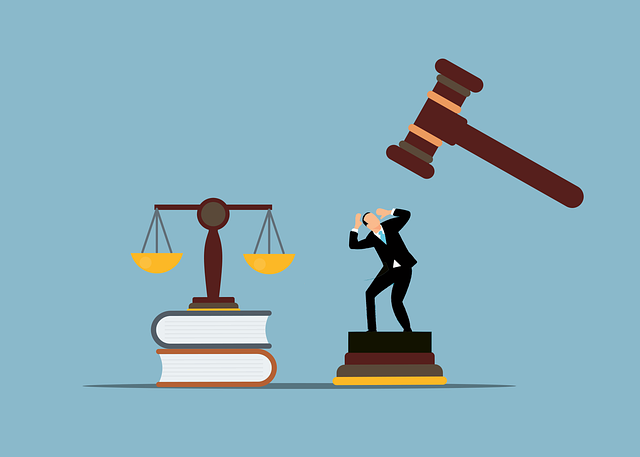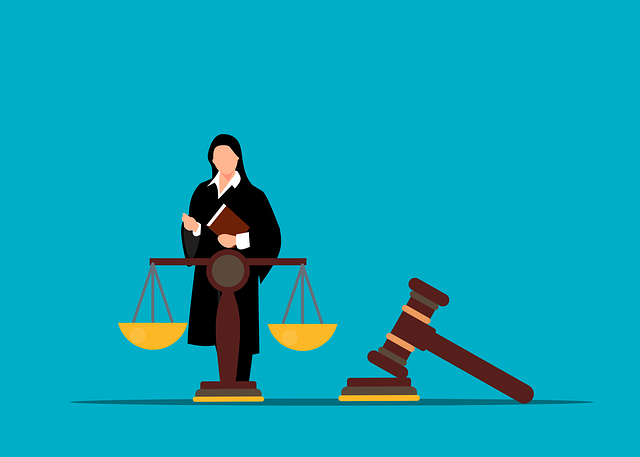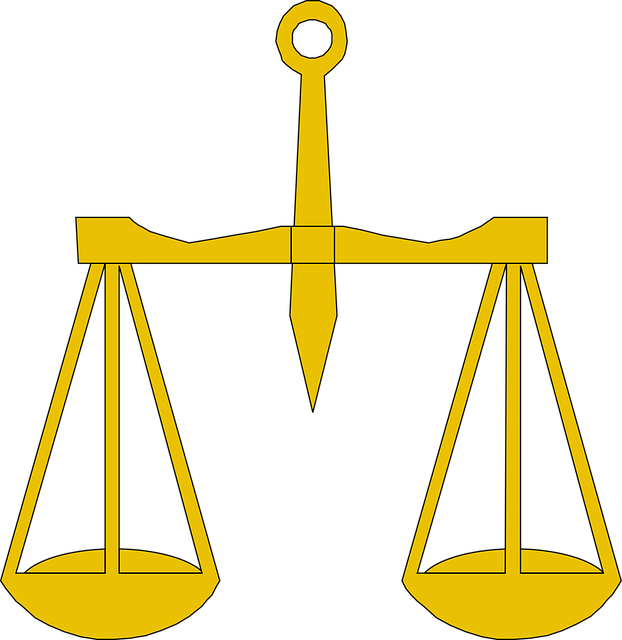Before injury mediation, prepare by gathering documents, understanding your case, and setting goals. The process involves presenting cases, open discussions, private sessions for strategy, and negotiations towards a mutually agreeable settlement without court involvement. A detailed written agreement is provided post-session, guiding implementation of the resolved terms through specific actions like record provision or legal document finalization.
“Unsure what to expect during an injury mediation session? This comprehensive guide breaks down the process step-by-step, from pre-mediation preparation tips to post-session follow-up. Discover how this alternative dispute resolution method can offer a more cooperative and controlled environment for reaching a fair settlement in your injury case. Learn about each phase, from initial introductions to document review and negotiation, ensuring you’re fully equipped for a successful outcome.”
- Pre-Mediation Preparation: What to Do Beforehand
- The Mediation Process: Step-by-Step Guide
- Post-Session Follow-Up: Next Steps After Mediation
Pre-Mediation Preparation: What to Do Beforehand

Before entering into an injury mediation session, both parties should take significant steps to prepare. This involves gathering all necessary documents and evidence related to the case, including medical records, police reports, and any communication that led up to the incident. Understanding the facts of your case is crucial for effective communication during mediation; be ready to articulate your version of events clearly and concisely.
Additionally, reflecting on your goals and expectations from the mediation process can help guide your strategy. While resolutions in employment disputes, elder law matters, or product liability cases may vary widely, having a clear idea of what you hope to achieve – whether it’s reaching an amicable settlement or better understanding the other party’s perspective – can enhance your overall experience and potential outcomes during the injury mediation session.
The Mediation Process: Step-by-Step Guide

The mediation process for an injury case is designed to facilitate a collaborative resolution between all parties involved, aiming to reach a mutually agreeable outcome without going to trial. Here’s a step-by-step guide to what to expect:
1. Initial Meeting and Preparation: The mediation begins with each party presenting their version of events and understanding of the case. This sets the framework for discussion and helps identify key issues. Both parties bring necessary documents, evidence, and legal representatives to support their positions.
2. Joint Session: All participants gather together in a neutral setting. The mediator, an impartial third-party trained in conflict resolution, guides the conversation. They encourage open communication, ensuring each side expresses their concerns and interests. This joint session allows for a better understanding of the opposing viewpoint and can lead to early breakthroughs or agreements.
3. Private Sessions: After the initial joint meeting, the mediator often conducts private sessions with each party separately. Here, they explore specific issues, clarify positions, and offer strategic advice. These private discussions help in refining demands, identifying potential areas of compromise, and preparing for further negotiations.
4. Negotiations and Agreement: Using information gathered from the meetings, both sides engage in direct negotiations. The mediator facilitates this process by proposing creative solutions, highlighting the benefits of a settlement, and helping to overcome obstacles. If an agreement is reached, it’s formalized into a legally binding document. If not, the process may continue with further mediation sessions or other alternative dispute resolution methods.
Understanding these steps can help injured parties navigate the injury mediation process more effectively, ultimately aiming for a favorable resolution in cases involving wrongful death claims, medical malpractice, or serious injuries.
Post-Session Follow-Up: Next Steps After Mediation

After an injury mediation session, both parties typically have a clear understanding of the next steps to take. The mediator will often provide a written summary of the agreement reached during the meeting, outlining the terms and conditions discussed. This is a crucial document that should be carefully reviewed by both sides.
Post-session follow-up involves each party taking action based on the agreed-upon terms. For instance, if compensation for medical expenses was part of the mediation, the responsible party may need to provide relevant financial records or make direct payments as outlined in the agreement. In cases of partnership disagreements or employment contracts, mediators can assist in drafting and finalising legal documents to ensure all parties are bound by the decision reached during mediation.
Injury mediation offers a structured yet flexible process for resolving disputes, providing an alternative to lengthy court battles. By following pre-mediation preparation tips, participating in the step-by-step guide outlined during the session, and engaging in post-session follow-up, parties can effectively navigate this collaborative approach. Injury mediation allows for personalized solutions, fosters mutual understanding, and promotes a more efficient resolution process, making it a valuable option for those seeking to settle injury claims outside of traditional legal channels.






